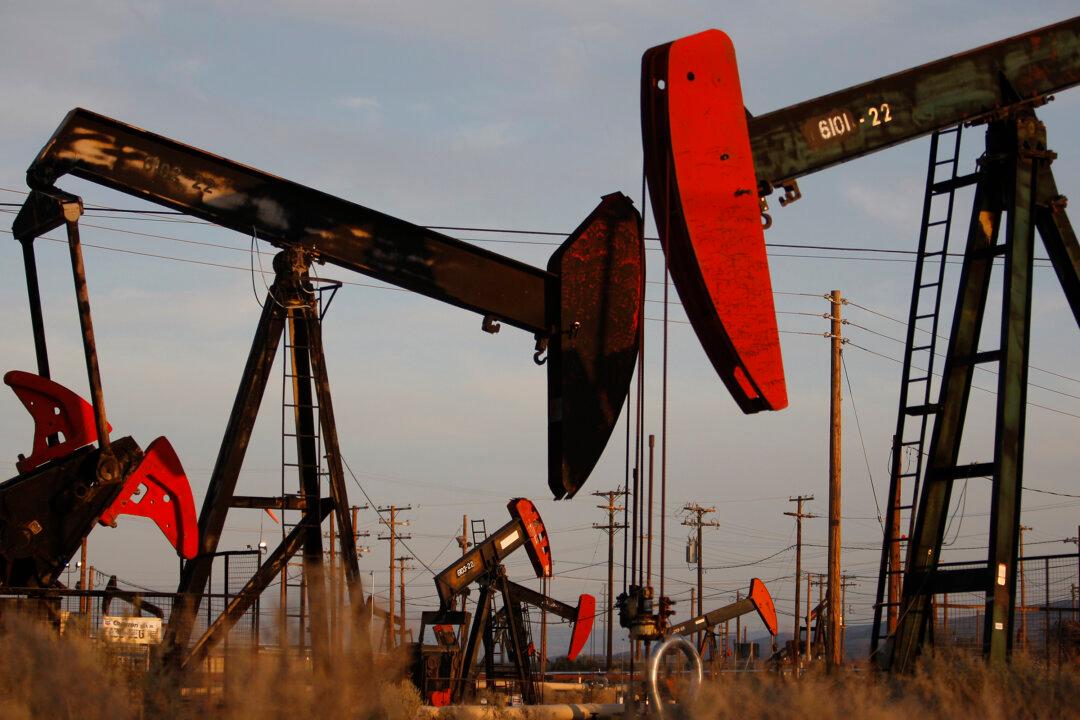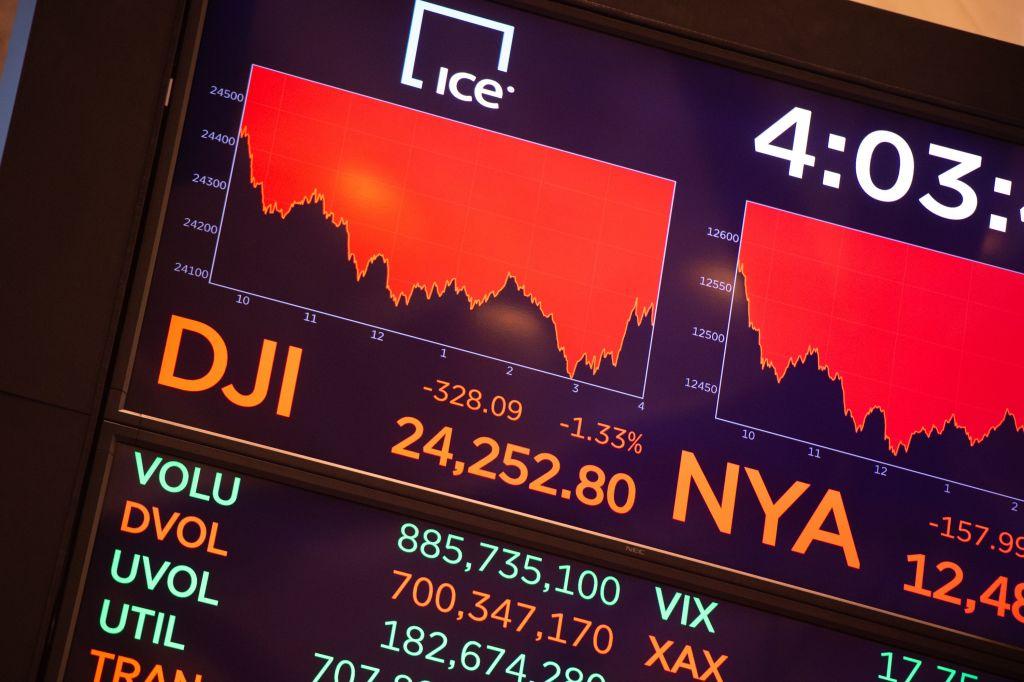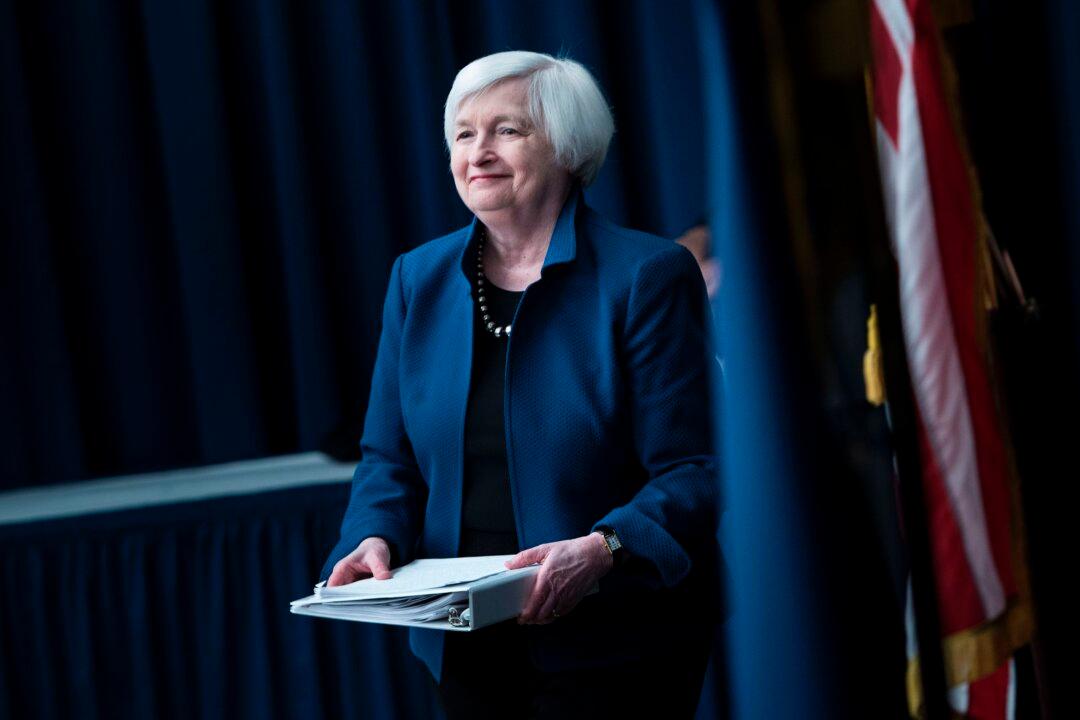At the end of last year, many experts thought oil prices would rise during 2017, maybe up to $60 per barrel. As time went by, however, those predictions were revised repeatedly—and each time the revisions pointed south. By the end of July of this year, crude was selling for about $46 a barrel, almost 20 percent lower than at the beginning of the year and about half the level of three years ago. Will oil prices keep dropping with high supply and sluggish demand, or will they recover as producers find a way to limit production?
The current scenario is clear. The world economy is growing, but the recovery after the crisis has been disappointing and the outlook is not particularly bright. Thanks to technological progress, we need less energy for each unit of new output, and technology has also lowered the price of extraction. And there are many more options for increasing energy efficiency, especially in economies like China and Russia, where waste is prevalent.





